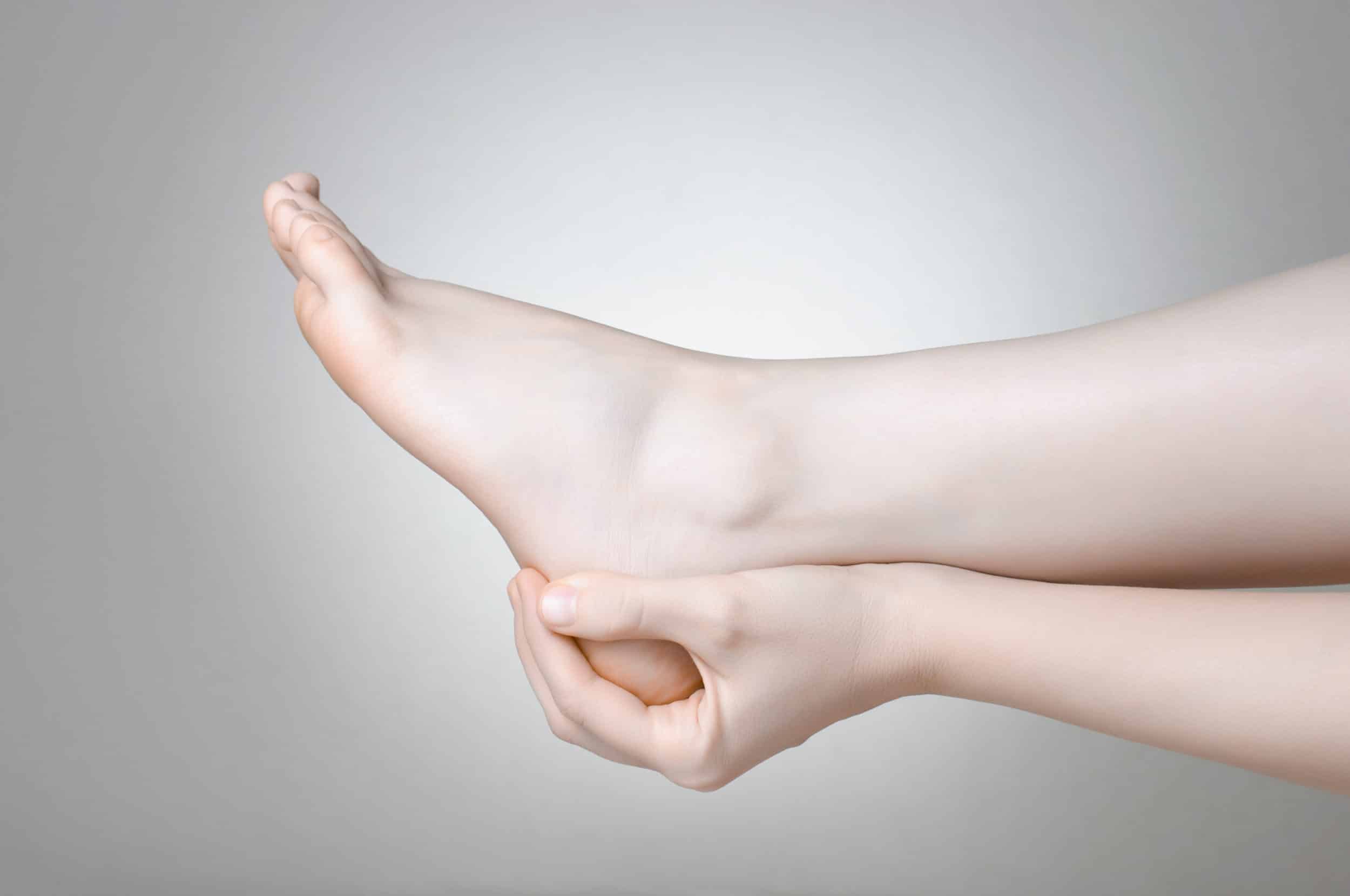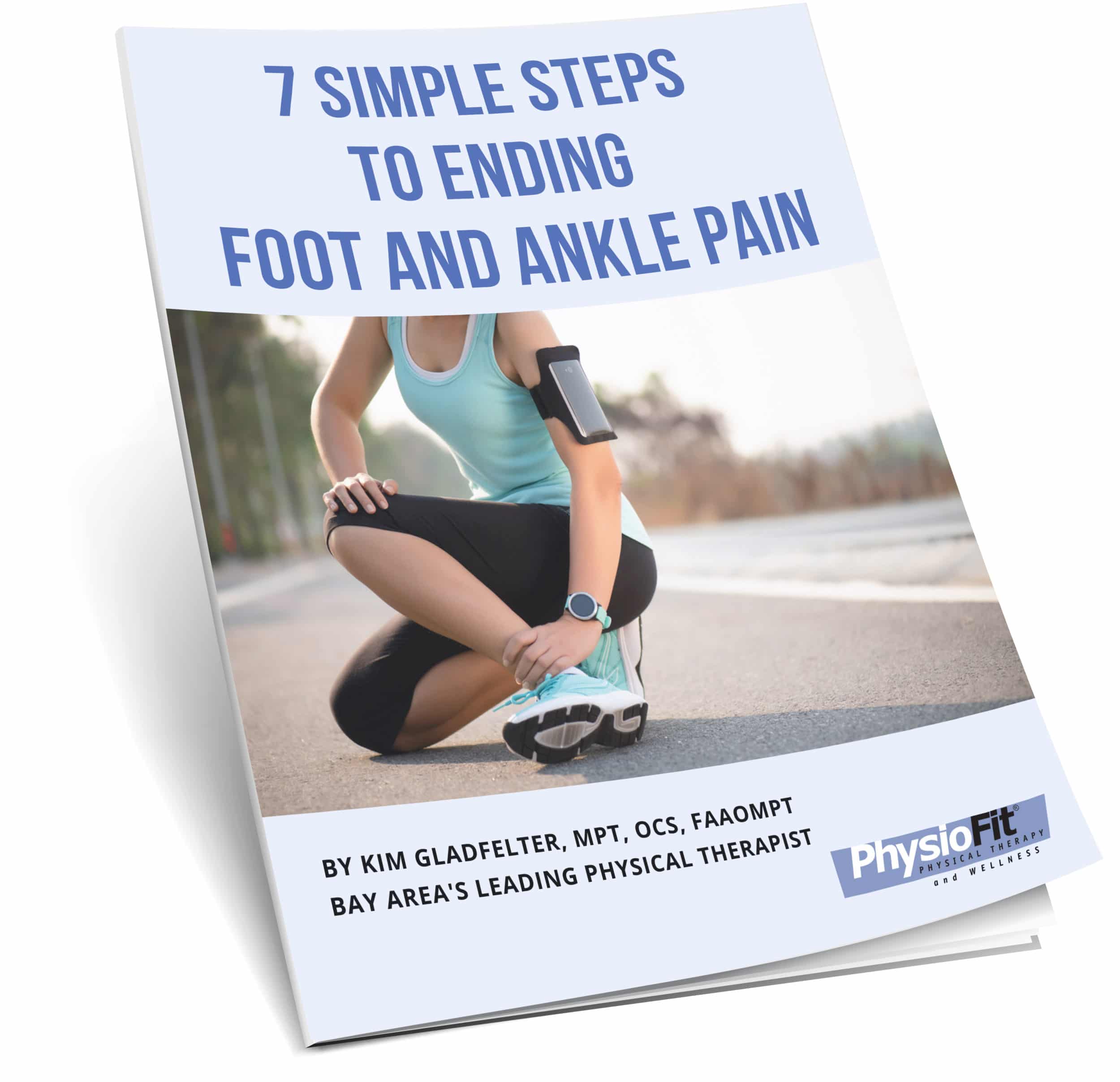 We live in a fast-paced and busy world with little time to be slowed down by foot pain. Taking time off for an illness or injury can be stressful or even panic-inducing. When people wake up and discover sudden heel pain disrupting their ability to walk comfortably, they often think, “How fast can I get pain relief and walk freely again?”
We live in a fast-paced and busy world with little time to be slowed down by foot pain. Taking time off for an illness or injury can be stressful or even panic-inducing. When people wake up and discover sudden heel pain disrupting their ability to walk comfortably, they often think, “How fast can I get pain relief and walk freely again?”
What causes Plantar Fasciitis?
A physician may diagnose extreme heel pain as soft-tissue inflammation that is possibly degenerating the plantar fascia. This is very fibrous tissue, like a thick cord of connective tissue attaching the heel bone to the ball of the foot, that supports many foot bones.
The plantar fascia balances the weight of the body and its motion throughout the foot. The plantar fascia can become inflamed, stressed, or damaged when the soft tissues of the foot are overused. Weight gain, prolonged walking, or standing can be factors.
People most often develop plantar fasciitis unexpectedly, even when they are regularly active in physical activities such as walking, running, jumping, playing tennis, and golfing.
To remedy the pain, stretch before participating in intense workouts and other physical activities to decrease stress on tendons and calf muscles. Sandals or flip-flops could also damage the plantar fascia because those types of shoes lack arch support.
Temporary solutions or permanent fix for foot pain?
Using shoe inserts, wearing proper footwear, or even using splints while sleeping will only temporarily protect against an injury. The weakened condition of the foot means it is easy to reinjure your plantar fascia.
A permanent solution that stabilizes and rests the injured area is required. This will relieve the pain and strengthen both feet equally, allowing one to get back to a full and physically active life. Though, there is something to be said about temporary immediate relief. Although temporary, it may help you get through the night. To see more at-home remedies, see below.
Healing and strengthening for true foot health
Pain and swelling can be treated with ibuprofen, ice and rest so that the foot can heal over time. Specialization techniques locate the root cause of painful inflammation and inflamed soft-tissue lesions.
Physical therapists are trained in rehabilitative techniques that restore plantar fascia and surrounding foot muscles and ligaments and stimulate better circulation to the foot bones. A physical therapist can teach ways to strengthen feet to avoid future damage or pain.
A winning combination for foot and ankle pain
The Graston Technique uses uniquely designed instruments to isolate the fibrotic tissue and pinpoint soft tissue lesions, scar tissue, and fascial restrictions.
Together with the Graston Technique, other active release techniques, and a guided Pilates program, a physical therapist can locate and quickly treat scar tissue. Patients can return to pain-free movement and protect their plantar fascia during the healing process to learn how to safely resume the physical activities they enjoy.
 Download your free guide: “7 Simple Steps to Ending Foor and Ankle Pain”
Download your free guide: “7 Simple Steps to Ending Foor and Ankle Pain”
Our quick and easy-to-follow guide is to get you started on the right path toward a pain-free life.
Kim Gladfelter, MPT, OCS, FAAOMPT Kim Gladfelter is a physical therapist, Pilates instructor, educator, author, and co-founder of PhysioFit Physical Therapy & Wellness. She is known as a keen, well-rounded expert of healing through movement and women’s health specialist in the Silicon Valley area. Kim has helped men and women of all ages to stay active and feel their best. She also writes about managing pain in her health columns, blogs and the local Los Altos Town Crier newspaper as well as reaches out to the local community, support groups, schools, libraries, and sports centers to advise and educate on body awareness and therapeutic exercise. ABOUT THE AUTHOR
ABOUT THE AUTHOR
Women's Health Physical Therapy Specialist at PhysioFit Physical Therapy & Wellness

 Los Altos, CA
Los Altos, CA


